Indigenous solidarity
Perspective
Clayoquot Sound remains the unceded territories of three Indigenous Nations: aaḥuusʔatḥ (Ahousaht), hišqʷiʔatḥ (Hesquiaht) and ƛaʔuukʷiʔatḥ (Tla-o-qui-aht). These three Nations are part of the nuučaanułatḥ (Nuu-chah-nulth Nations). Within Canada, Indigenous Nations hold inherent rights and title recognized by Canada’s Supreme Court, enshrined in the Canadian constitution, and acknowledged through International law including the United Nations Declaration on the Rights of Indigenous Peoples. Worldwide, 80% of ecologically intact and productive areas are defended by Indigenous Nations. Friends of Clayoquot Sound recognize the governance, laws, and jurisdiction of Indigenous Nations to be the highest of the land, air, and sea. Our work is developed with the guidance of the Nuu-chah-nulth advocates, in solidarity with the Truth and Reconciliation Commission of Canada: Calls to Action.
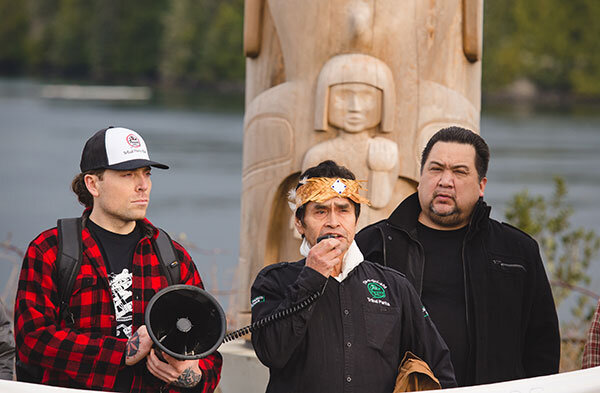
“There are three First Nations cohabiting Clayoquot Sound: aaḥuusʔatḥ (Ahousaht), hišqʷiʔatḥ (Hesquiaht) and ƛaʔuukʷiʔatḥ (Tla-o-qui-aht). Clayoquot Sound is an anglicized version of “tla-o-qui-aht” [pronounced: klaw-oh-kwee-awt] which is the residing Nation on what is now known as Tofino. These three Nations are part of the nuučaanułatḥ (Nuu-chah-nulth Nations) located along the west coast of Vancouver Island, and share a long history in this area with a common connection to societal staples that include whales, cedar and salmon.
These three gifts have continuously supplied the Nuu-chah-nulth with the lifeblood that has forged an ancient and holistic way of life among the lands and waters of Clayoquot Sound.
Whaling practices among the Nuu-chah-nulth involve a deeply spiritual connection inwardly toward self and outwardly expressed toward the whales and ocean. Whales have been a significant trade item for Nuu-chah-nulth peoples for countless generations.
Cedar trees provide many of the day-to-day comforts in Nuu-chah-nulth life. In addition to the provision of heat and light, cedar wood has been used for woven mats, clothing, utensils, longhouses, paddles and canoes. Cedar also has a strong spiritual significance and is used for cleansing and other spiritual practices.
Salmon provide the fuel and energy for the Nuu-chah-nulth Nations to continue to strengthen and thrive. The cultural connection to the water is closely connected to the abundance and livelihood of salmon. Cultural protocols and celebrations are commemorated annually to honour the return of various salmon species and to express gratitude for the sustenance they provide.
For an immeasurable duration of time the Nuu-chah-nulth people have enjoyed a plentiful and abundant lifestyle upon these lands and continue to hold a deep-rooted connection to these ancestral grounds. The Indigenous foods systems, spiritual and cultural sites, medicinal harvesting grounds, and homelands of the first peoples over time combined to develop a holistic way of life that recognizes the spirit within all living beings that share this territory. Wars have been fought, celebration songs have been sung and through trying times and feasting alike, the people of this land have not only managed to persevere but have thrived.
Fast forward a few millennia and this way of life was suddenly and abruptly faced with a most challenging societal shift: colonialism. The arrival of a new way of life, coupled with disease and an avaricious and assimilative political agenda, ushered in what many believed to be the beginning of the end of the Indigenous way of life. Along with the decline of the Indigenous population through waves of epidemics, loss of culture through federal legislation (including administering the residential school system) and the development of reserves under Indian Affairs, band-operated governance tried diligently to remove the Indigenous way of life from Indigenous people, but fortunately was not successful on all accounts.
Today, the cultural landscape of Clayoquot Sound honours a diverse array of ethnicities and backgrounds, each with unique and significant teachings and insights waiting to be shared. It has been more than two hundred years since these lands have become co-inhabited and it appears that we, as a people, are now prepared to take courageous steps to move forward together, to build cultural bridges and forge a new path that honours and recognizes a truer history, a deeper understanding of where we are and where we would like things to be for our future generations.”
– by naas-a-thluk (“takes care of the day”)
John Rampanen
Campaign Updates

Clayoquot Sound Conservation Alliance Supports New Indigenous-led Conservation Vision

Read + Share the FOCS Winter Newsletter!
The FOCS 2023 Winter Newsletter is here, shedding light on the major issues in Clayoquot Sound and beyond as well as getting a glimpse of the work we have been doing over the last several months, including updates on our campaigns.
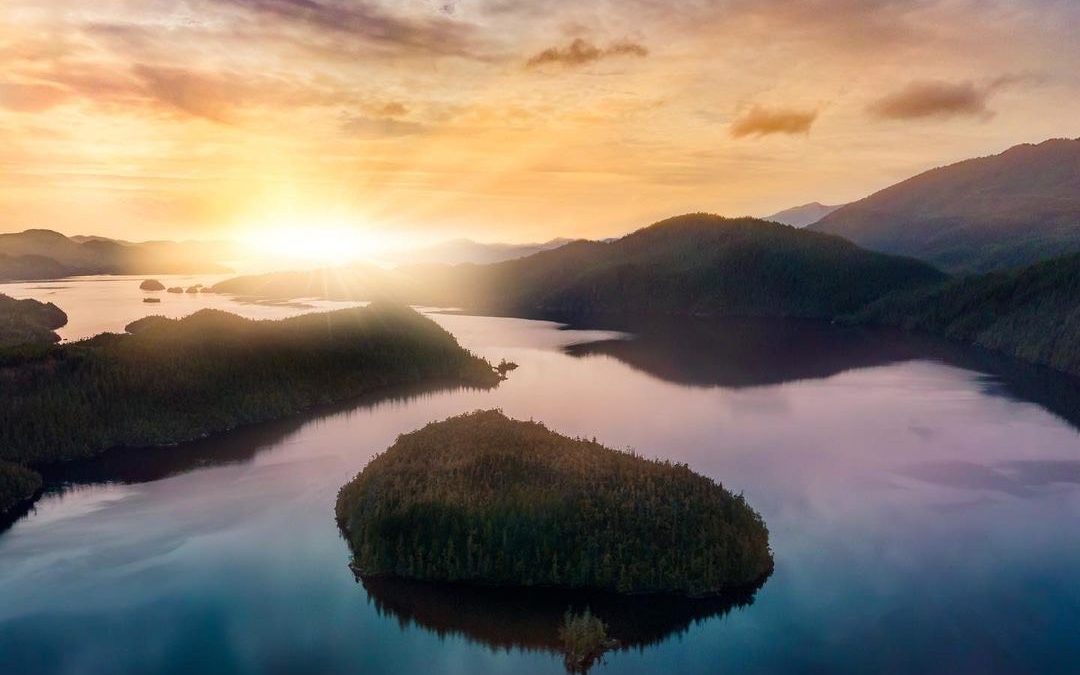
Indigenous Nations Facilitate $1.1 Billion Nature Agreement with Governments
In November, a $1.1 billion BC Nature Agreement was announced by the BC First Nations Leadership Council (FNLC) with support from the federal and provincial governments. The historic funding agreement aims to enable BC to reach its minimum target of protecting 30% of land and water by 2030 through Indigenous Protected and Conserved Areas (IPCAs).
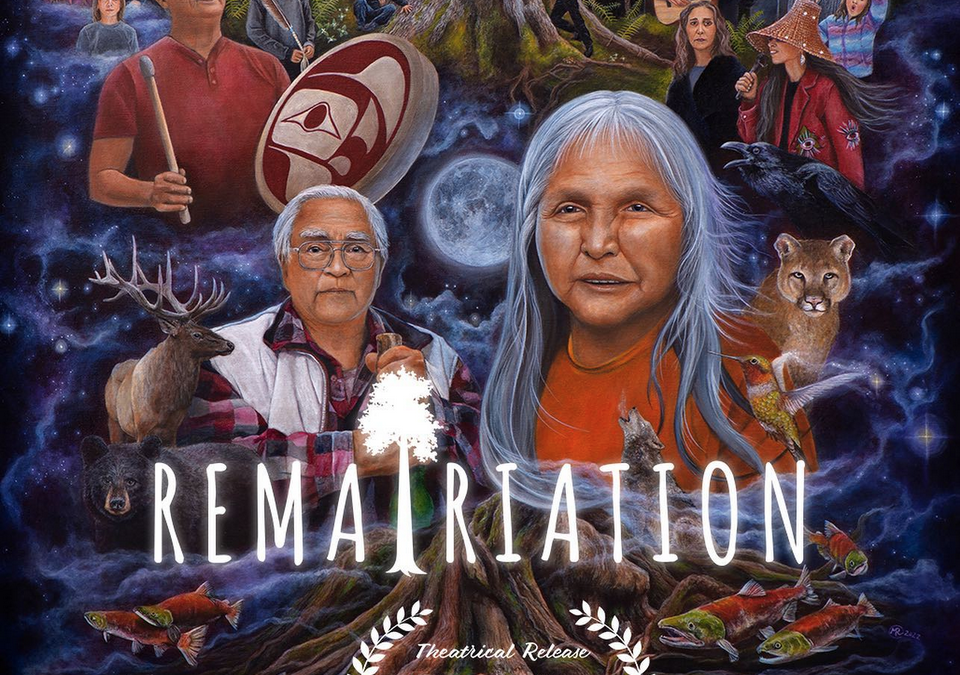
New Film “Rematriation” Explores Canada’s History with Logging as an Extension of Colonialism
This summer, Friends of Clayoquot Sound were part of a fun environmental stewardship collaboration with Surfrider Pacific Rim and Redd Fish Restoration at different locations within Tla-o-qui-aht Tribal Parks. We engaged over 150 participants to be passionate about...
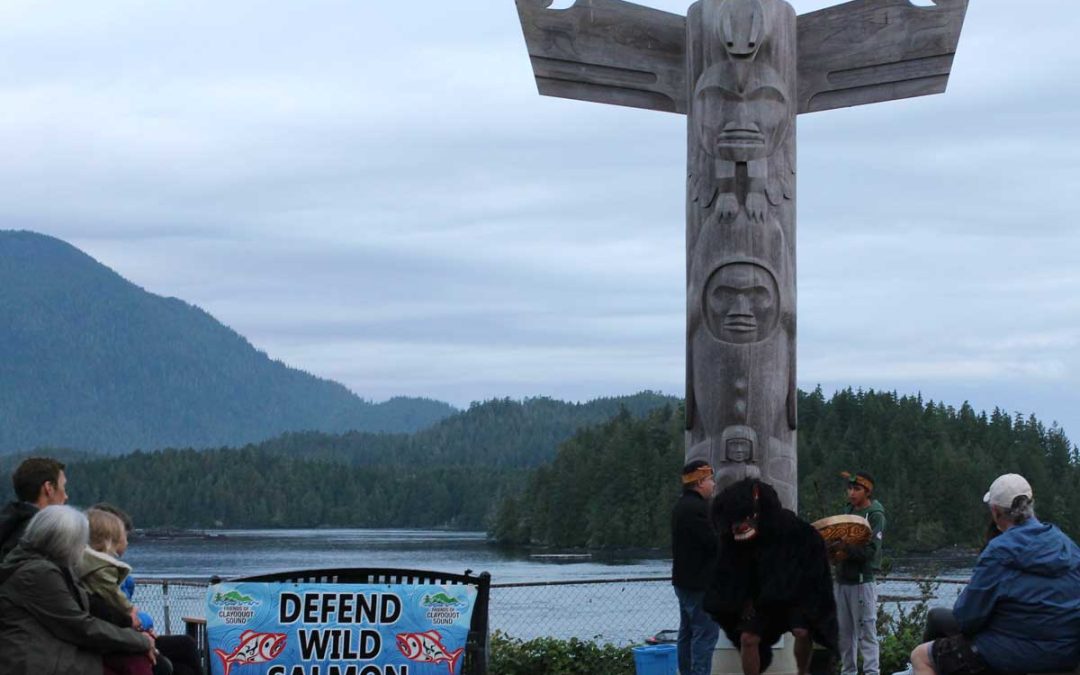
Building Community + Remembering What’s Important at the Clayoquot Salmon Festival
In September, Friends of Clayoquot Sound coordinated the 9th annual Clayoquot Salmon Festival. Across the peninsula, we celebrated this magnificent species because salmon play an integral role for coastal livelihoods, cultures, and ecosystems.
Related Reports & Publications
Get Involved
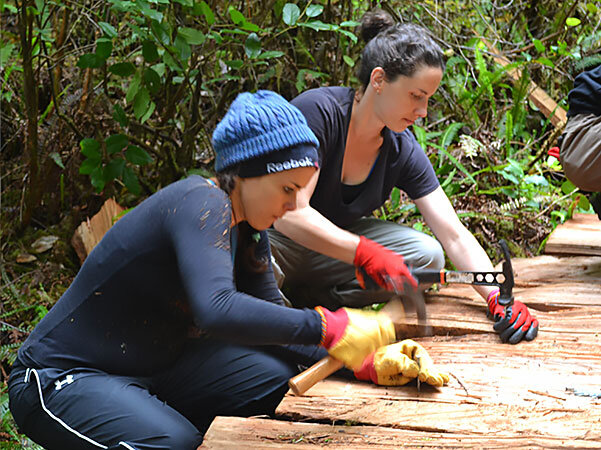
Volunteer
Join our team! Give the gift of time and make a difference to the future of Clayoquot Sound.

Support Us
We are sustained by support from donors -- like you -- to keep doing our important work.
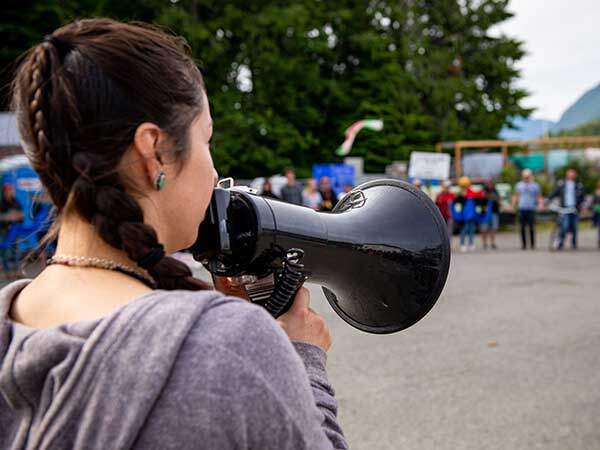
Speak Up
Speak up using our easy online action tools and be part of protecting Clayoquot Sound.